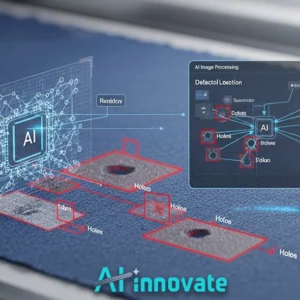Computer vision is a field of artificial intelligence (AI) that enables computers and systems to derive meaningful information from digital images, videos and other visual inputs, and take actions or make recommendations. Once the data is transferred to a computer, sophisticated computer vision software is used to analyze and manipulate the image, extract information, and generate decisions based on information.
Vision systems include PC-based application-specific systems, fully integrated systems such as smart cameras, embedded vision processors, and vision sensors. Advanced vision systems have the capability to deliver accurate information based on the optimized technology, even at high rates of throughput and with short cycle times.
Embedded vision is the integration of visual means and processing boards, instead of computers. These systems are economical, easy to use, and require minimum maintenance. Embedded vision systems are used in applications such as robotics, industrial vision, security, autonomous vehicles in agriculture, and digital dermatoscopes.
Machine vision is a highly specialized technology that ensures the products quality. Machine vision systems are capable of dealing with complex repetitive activities with improved and advanced accuracy and consistency. Although machine vision systems are flexible and have versatile features, a machine vision system designed for one task may not be suited for any other. Application-specific machine vision systems address particular challenges across industries. Applications such as production line inspection and motion control still face a few obstacles, especially on real-time image processing. That being said, Advances in artificial intelligence, innovative machine learning, and deep learning processes can ensure higher degree of automation and more reliable identification.
AI-innovate team seeks for approaches that suit the unique requirements of each challenge of each customer in each industry.






